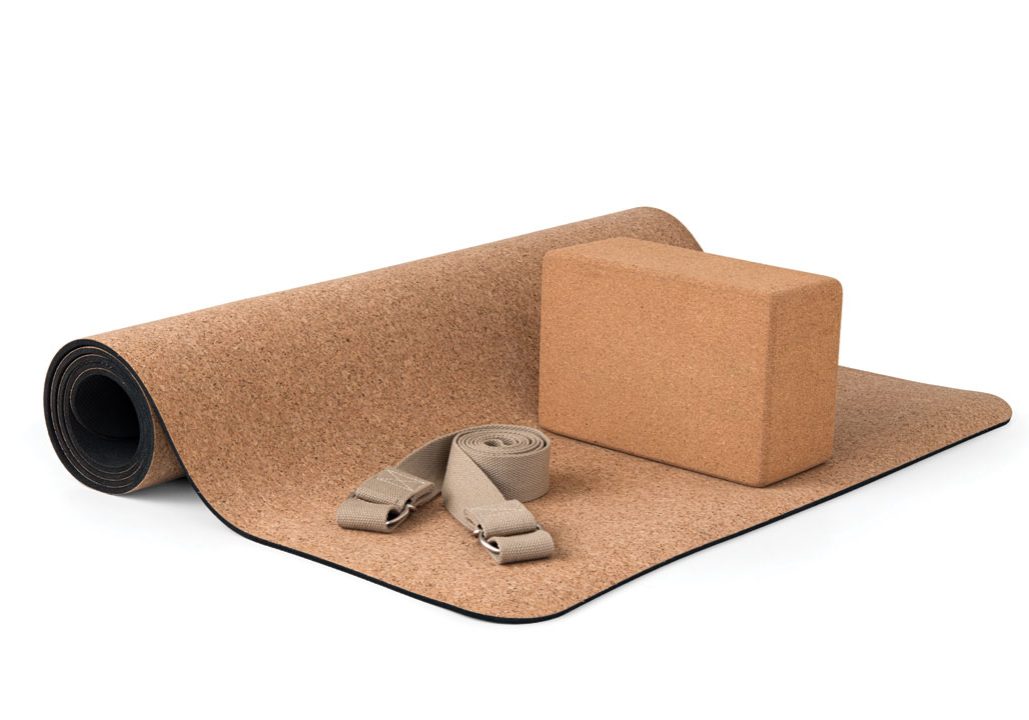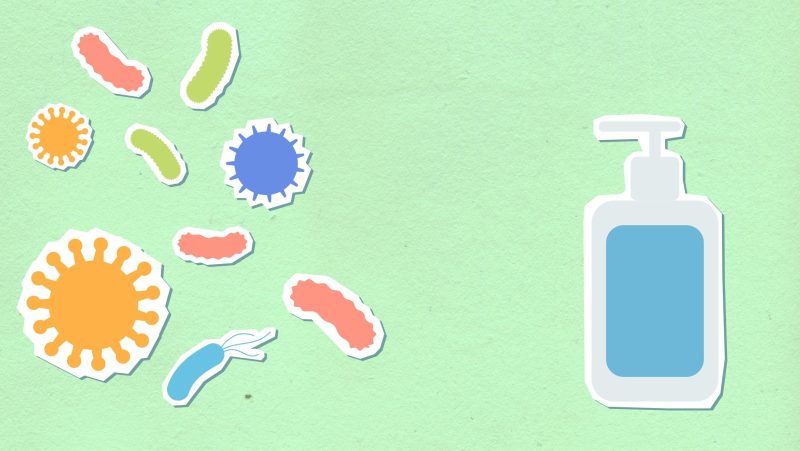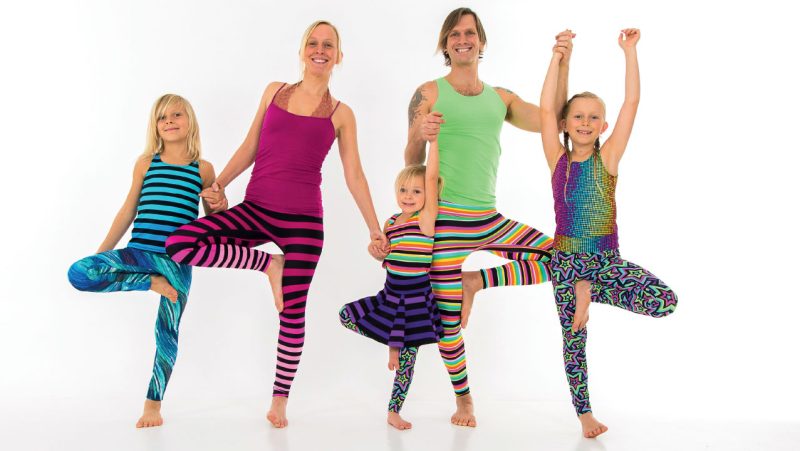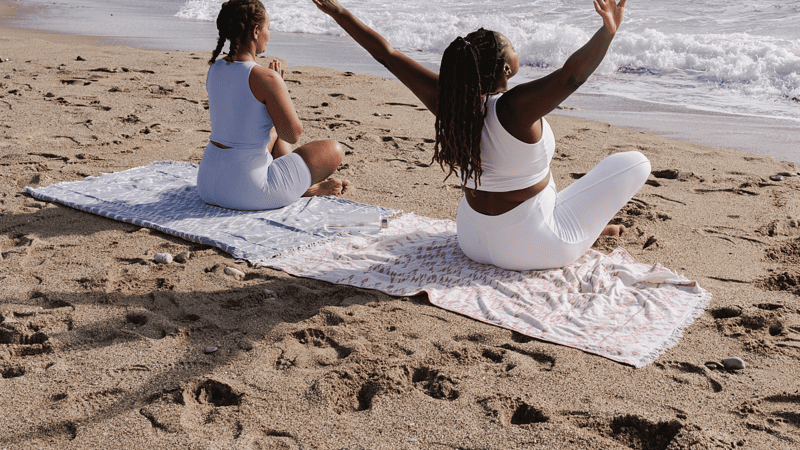
How to choose an eco-friendly yoga mat:
alternatives to PVC — Part 3 of 3
In the market for a new mat? Beware, most mats are made from plastic. Find out what other plastics are out there, other than PVC, and what some of the alternatives are if you want a natural material. Part three of a three-part series
You want to avoid PVC, but it’s not the only plastic, so watch out for these ones too:
Polymer Environmental Resin (PER) is touted as clean PVC, but it is still PVC, just with different additives instead of phthalates. And just like regular PVC, there are problems for the environment and human health associated with production and disposal of this material.
Ethylene-vinyl Acetate (EVA) is a plastic, but not based on PVC. Mostly, it is constructed to act as foam rubber, with applications in craft, and padding in sports equipment and shoes. EVA hasn’t been found to have any detrimental effect on human health, however, it doesn’t biodegrade, and it is not currently recycled or recyclable.
Polyurethane (PU) is also made from fossil fuel, and, depending on how it is processed can turn its hand to many uses. It is said to be chemically inert, so there is no limit to how much you can be exposed to, and no evidence that exposure is harmful to human or animal health. However, to be able to turn it into wheels for your shopping cart, foam insulation panels, or a yoga mat necessitates the addition of many and varied chemicals. On the plus side, unlike other plastics, PU does biodegrade in landfill conditions within one to five years, so you could consider it the best of a bad bunch.
However, if you come to the conclusion that plastic is best for you, you may want to find a mat that is made of recycled materials. You’ll not only be stopping new plastic being produced, but also helping the recycling of PVC take off. On the other hand, you’ll be pleased to know you can find more natural alternatives to plastic!
Natural rubber (not synthetic!)
Rubber is one of them, as the raw material it is made from comes from trees. This raw material is a milky substance called latex that some plants naturally produce as a response to damage. Commercially, it is collected from the Brazilian rubber tree by making incisions in the bark and collecting the liquid, which then sets, and is sent for processing. All-in-all it’s a natural product, and also 100% biodegradable.
However, there are some downsides. For instance, during the processing which turns latex into rubber, chemicals are added to make the resulting material stable, strong, and durable. There are also concerns over the environmental impact and ethical values of companies harvesting, and producing natural rubber. For example, there are problems around deforestation of rainforest for rubber plantations, the use of herbicides or burning to keep the land clear, and unethical treatment of farm workers, such as the use of methamphetamines to make them work faster.
If you’re interested in rubber, check the credentials of the company producing and selling the mat, to try and find the best option from an environmental, and social point of view.
Cork
Another alternative material to PVC for making yoga mats is cork, which comes from the Cork Oak tree. To obtain cork the bark of the tree is gently removed when it is mature enough, usually around 25 years old. This doesn’t kill the tree, it just grows another bark skin, which can then be removed after another nine years.
Cork seems a particularly environmentally-friendly option: the mixed forests that cork grows in are ecologically diverse, the denuded tree can absorb more CO2 than one not stripped, and the workers are paid fairly for their labour.
Premium products are punched straight out of the raw material once it has been cured, so there is no need for any chemical additives, making it 100% natural, and 100% biodegradable. The only slight downside is that less pricey products are bonded with glue, or plastic, and watch out as some cork mats are backed with a plastic material to provide grip and cushioning.
Other considerations
When you are thinking of purchasing an eco-friendly yoga mat, it is not just the material that counts. You could also consider:
- Packaging. Preferably minimal and recyclable.
- The business ethics of the company producing and selling the mat. Look out for companies that have a wider social conscience such as looking after their workers, or giving back to the community.
- A ‘take back’ scheme for your old mat. Some yoga mat companies will take back your old mat when you are buying one of their new ones. However, find out what they will do with it!
As people who do yoga, we can reduce our environmental impact through our practice as well; only buy a new mat when you really need it; consider carefully which mat you choose, and what it is made from; use that mat for as long as possible; and finally dispose of it in an ethical manner when it has come to the end of its life.
Good luck, and do your best!







